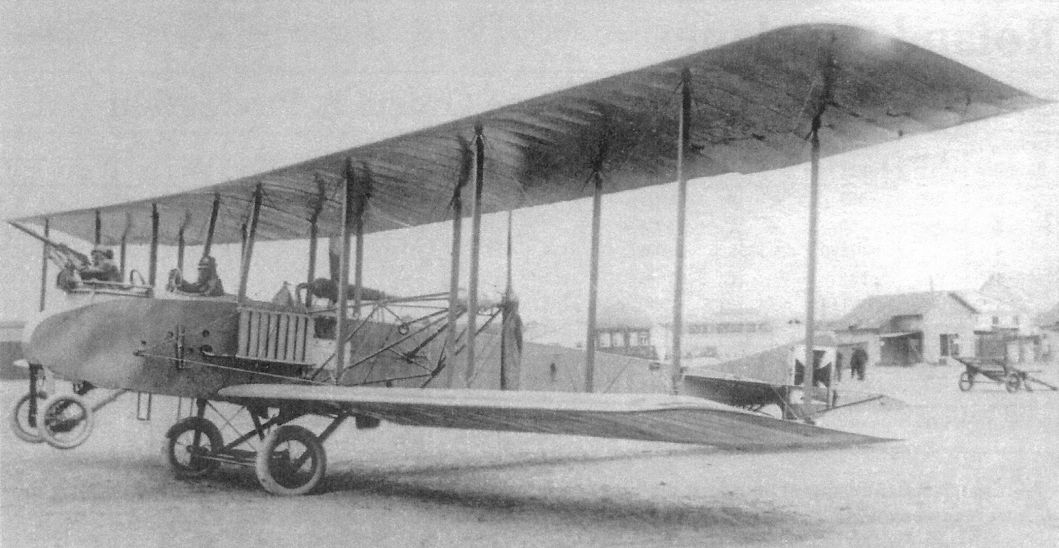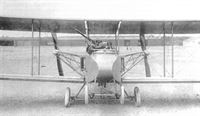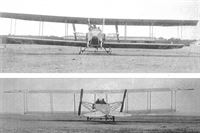
Описание
Страна: Германия
Год: 1915
O.Thetford, P.Gray German Aircraft of the First World War (Putnam)
L.F.G. Roland G I
Although designated a G type, which covered twin-engined aircraft, the Roland G I was in fact a single-engined machine with twin pusher airscrews. The engine was buried in the fuselage on the centre of gravity and the airscrews driven through a system of gears and shafts. Only the single prototype, which carried a crew of two, was built. The extra thick tyres of the undercarriage were a noteworthy feature. Engine, 245 h.p. Maybach Mb IV. Span, 30.1 m. (98 ft. 9 1/4 in.). Length 15.9 m. (52 ft. 2 1/8 in.). Weights: Empty, 2,750 kg. (6,050 lb.). Loaded, 4,300 kg. (9,460 lb.). Speed, 160 km.hr. (100 m.p.h.). Armament, one Parabellum machine-gun.
Описание:
- O.Thetford, P.Gray German Aircraft of the First World War (Putnam)
- J.Herris Roland Aircraft of WWI (A Centennial Perspective on Great War Airplanes 9)
Фотографии
-
J.Herris - Roland Aircraft of WWI /Centennial Perspective/ (9)
The Roland G.I was a prototype Kampfflugzeug. A single, fuselage-mounted engine drove two propellers supported by a multitude of drag-producing struts. The gunner in the front cockpit demonstrates his flexible machine gun. The simple landing gear appears to be effective in reducing nose-overs. A slow aircraft with a complex power system, only a single Roland G.I was built.
-
Jane's All The World Aircraft 1919 /Jane's/
An early (1915) Type, Twin-propeller and Single-engined Roland Biplane, Class G.I. (260 h.p. Maybach engine.) Remained a prototype.
-
J.Herris - Roland Aircraft of WWI /Centennial Perspective/ (9)
The Roland G.I was the only Roland G-type design to be built. Roland built only single-engine aircraft; despite having two propellers, the G.I was powered by a single 245 hp Maybach Mb.IV engine located in the fuselage as indicated by the radiators mounted on the fuselage sides. The two propellers were driven by gears and shafts. The two crewmen are in their cockpits, with the gunner demonstrating his flexible machine gun. The Roland G.I was apparently designed for the Kampfflugzeug (battle plane), or aerial cruiser role, which quickly proved ineffective in combat.The claimed maximum speed of 160 km/h seems optimistic given the profusion of drag-producing struts supporting the propellers.




